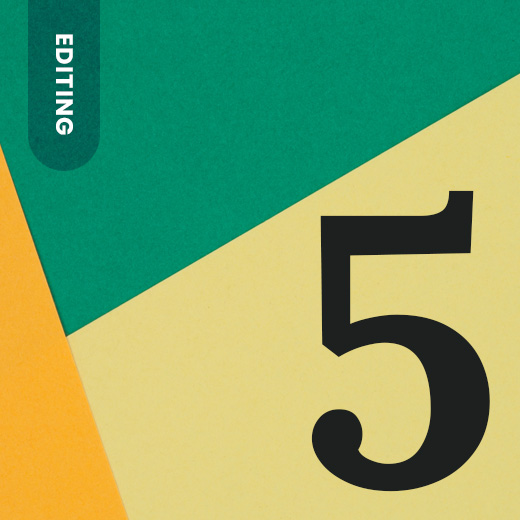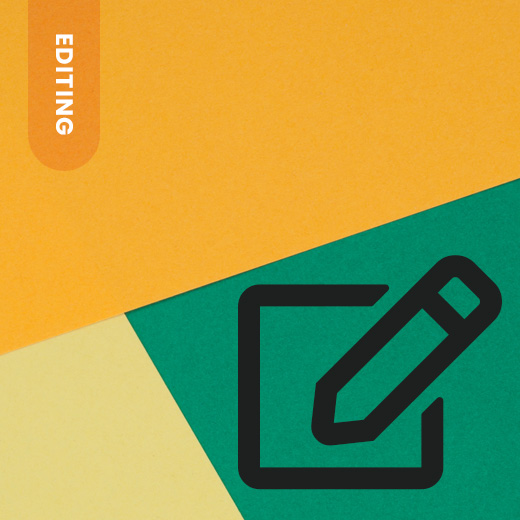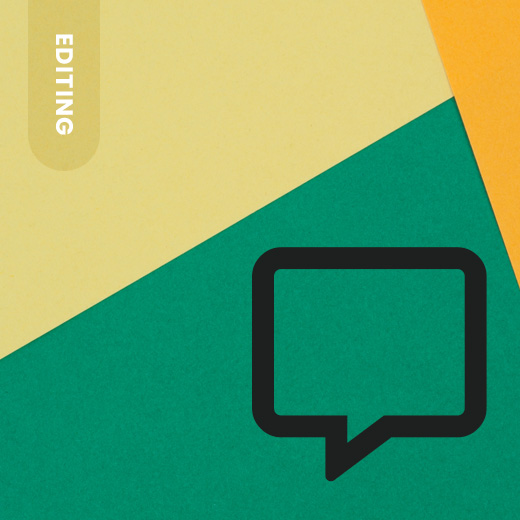8 Effective Strategies for Managing Editorial Feedback
Getting edits on your manuscript for the first time can be daunting. The sea of red marks can make you wonder if your work is worth it or if you should just give up altogether. But take a deep breath—editing is a normal part of the writing process. It’s tough, but with the right approach, you can navigate your editor’s notes like a pro. Here are eight ways to do it.
1. Prepare Yourself Mentally
First-time authors are often surprised when they see their manuscript covered in edits. The initial shock can be discouraging and make you want to give up altogether. To avoid this:
- Try to prepare yourself mentally before you get your editor’s notes.
- Remember that minor spelling and grammar corrections are standard, but more extensive content edits will hit harder.
- Remember that you and your editor are on the same side: to produce the best book possible.
The feedback you get is gold, so don’t take it personally. The sooner you can process the feedback and return to work, the sooner you’ll hold your finished book.
2. Do a Quick Pass to Get Organized
When you open your editor’s notes, start by scanning through to identify the changes you can approve without much thought—simple fixes like changing “their” to “they’re” or moving a misplaced comma. Clearing out the small stuff will allow you to focus on the big edits. As you read, note the changes you’re unsure about or need to consider further. Categorizing these edits will make the process feel less daunting and more doable.
3. Approach Edits Methodically
Having a plan of attack will help you get through the editing process quickly. The sea of red marks and comments can be overwhelming and make you procrastinate. Whether you decide to do edits by category or chapter, start with the most significant changes and work your way down. This way, you won’t waste time on edits that will be changed or removed later.
4. Be Willing to Try New Things
If you find yourself resisting most of your editor’s suggestions, take a moment to think. Are the changes terrible, or are you just attached to your original writing? A good exercise is to try out some of the suggestions you’re not sure about. You may find that the changes improve your work in ways you never thought of. But remember, you are the expert on your manuscript. If your editor’s suggestions conflict with the facts of your book, trust yourself.
5. Ask Questions
If you’re unsure about an edit or an editor’s note doesn’t make sense, don’t be afraid to ask for clarification. Your editor is there to help you through this process, not to rewrite your book for you. Whether it’s an interpretation or accuracy question, asking will prevent misunderstandings and keep your manuscript on track with your original vision. Remember, editors are professionals, but they’re also human—mistakes can happen, and asking questions is part of a working relationship.
6. Save Multiple Versions
As you edit, save copies of your manuscript along the way rather than constantly updating one file. This way, you can return to an earlier version if you decide an edit doesn’t work as well as you thought. Having older drafts will be a record of your progress and the evolution of your manuscript.
7. Bring in Specialized Editors When Needed
While it’s common to hire one editor to oversee everything, recognize that different editors have different strengths. Some are great at big-picture structural edits; others are detail-oriented. If your current editor’s skillset doesn’t meet your needs, don’t hesitate to hire another professional to handle specific areas. This way, every part of your manuscript will be polished.
8. Finish the Edits and Say Thanks
Once you’ve done the edits and are happy with the result, return the manuscript to your editor. Don’t forget to say thank you. If your editor has improved your book, you should acknowledge their work. Building a good relationship with your editor will help not only this project, but also future projects. Whether it’s a personal thank you, a recommendation to other authors, or a mention in your book’s acknowledgments, saying thanks goes a long way.

Don't let your manuscript sit idle
start your publishing journey now!
Get matched with a self-publishing company specifically chosen for you and the book you are publishing.
Don’t let your manuscript sit idle – start your publishing journey now!




